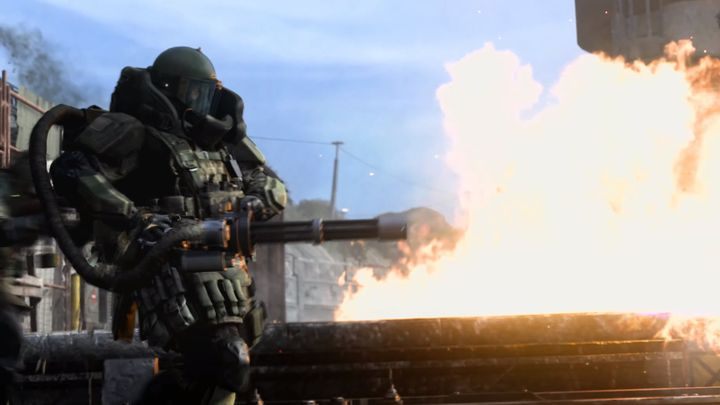Killstreaks – Massacre of the Innocents. 95% Chances of Success and I Missed?! Game Mechanics We Hate

- 95% Chances of Success and I Missed?! Game Mechanics We Hate
- Force of entropy – weapon wear
- Level scaling – David becoming Goliath
- Quick-time events
- RNG
- You're overloaded!
- Save the game only once!
- Killstreaks – Massacre of the Innocents
- Your computer is a fraud
- The Witcher sens(l)es(s)
Killstreaks – Massacre of the Innocents
After the premiere of Call of Duty Warzone, I returned to the multiplayer of this, otherwise well-received, installment of the well-known series. My depression and suicidal thoughts came back, because it took a few games to remind me what kind of a vegetable I was in online shooters.

You see, I can only hear in one ear, which is why playing with headphones doesn't really help me at all. While I can comprehend the idea of spatial sound, I cannot experience it. I can't tell you where the footsteps are coming from and I almost always turn the wrong way. So, I've grown to associate noise with chaos and fear.
I can sometimes mold the fear into irritation or impatience. This was the case with Warzone. The killstreak is a nice addition and it makes the game even more exiting, but it's also a tool that makes the winners even bigger winners. The better a player you are, the more kills you can get, the more powerful reward you acquire. It can be a radar that will temporarily reveal enemies on the map, or a drone that will disrupt their interface, but it can also be a variety of air raids, automatic turrets, robots that will chase you till the end of times, and finally, a power armor with a minigun.
The problem with killstreaks is purpose – promoting players who are already winning makes little sense from the perspective the people who play only occasionally. It can literally turn into a massacre of the innocents. Some games – such as Homefront – flirted with a much healthier approach. The idea was simple – curb the top players by revealing their position. Before you say it's not fair towards the winner, think how fair is it towards others to give the winner a convenient way of completely dominating the game.







